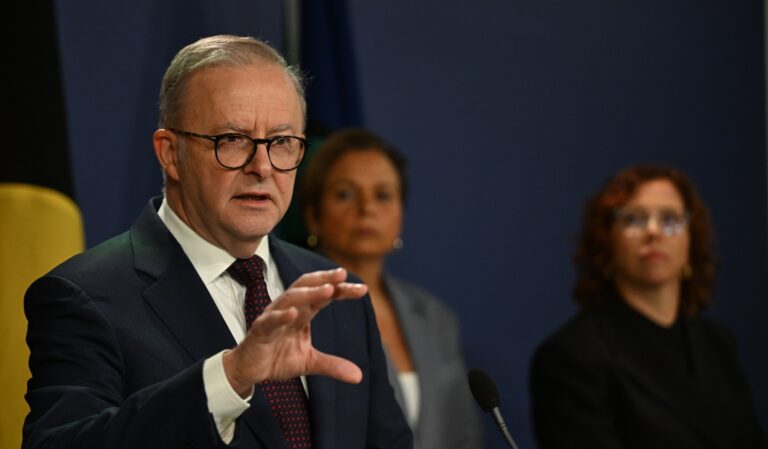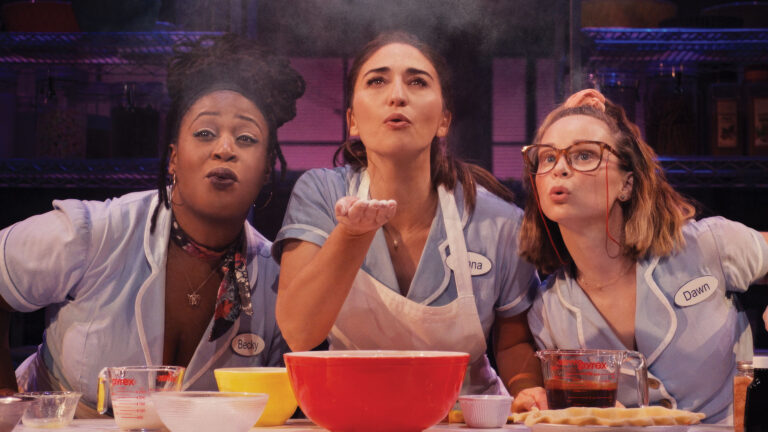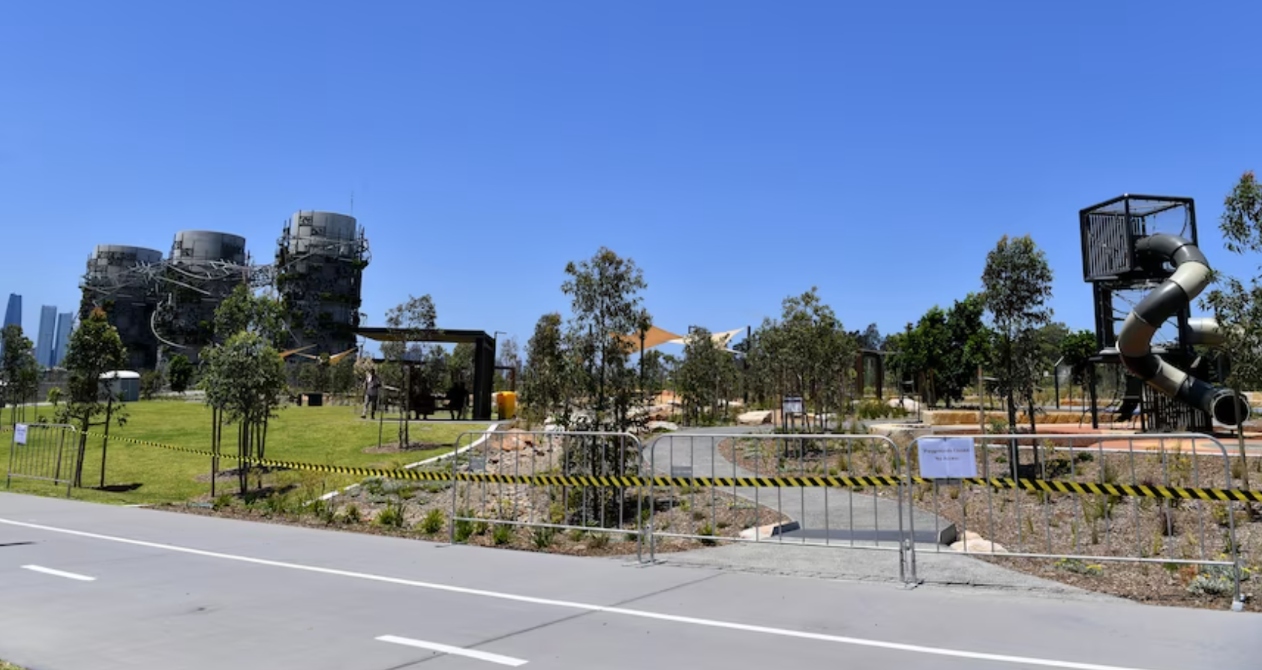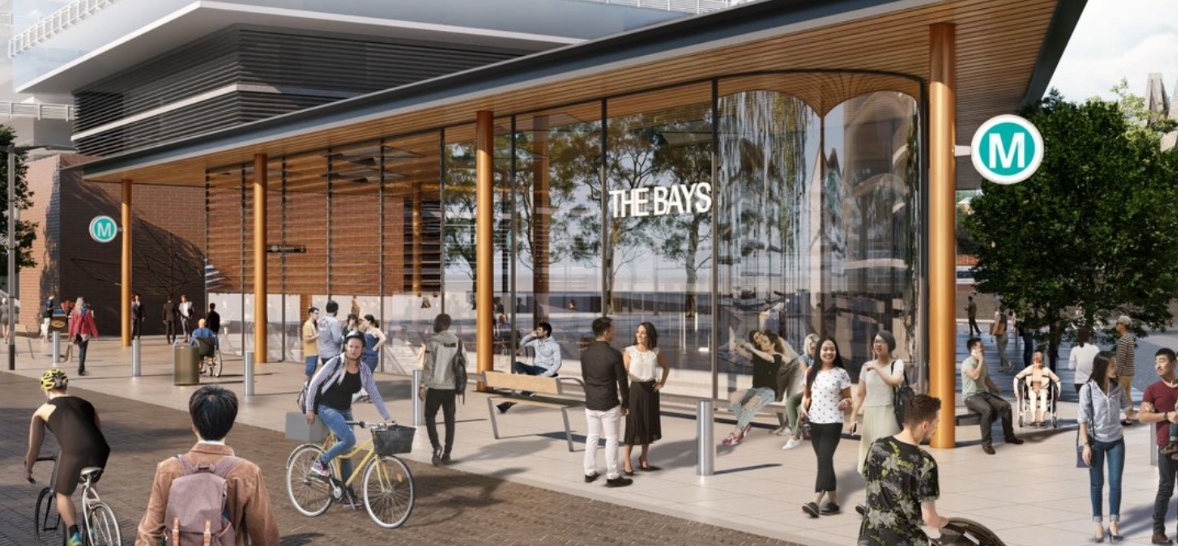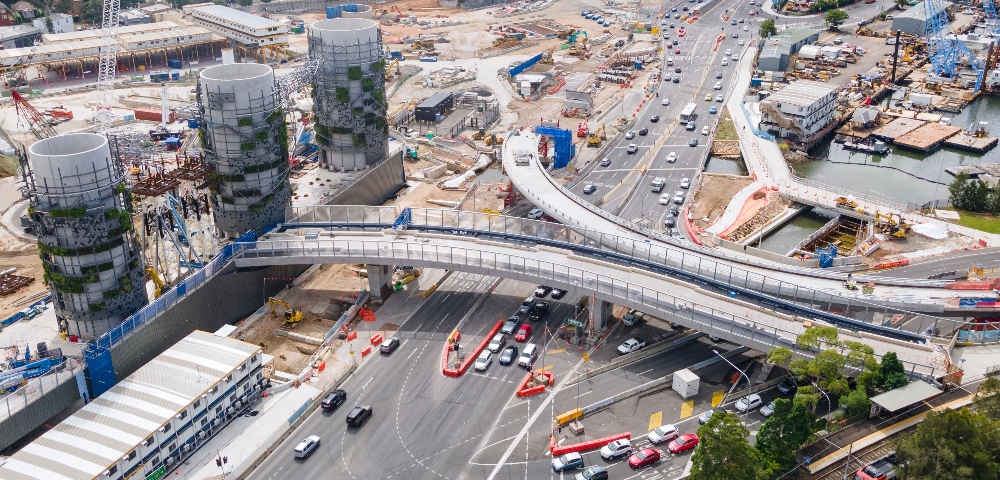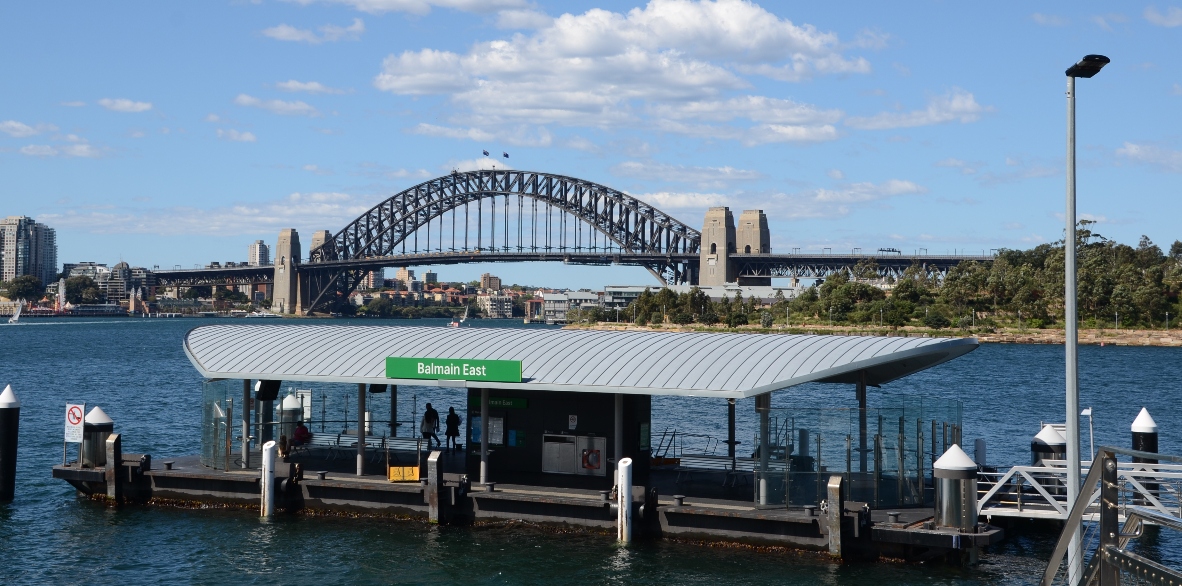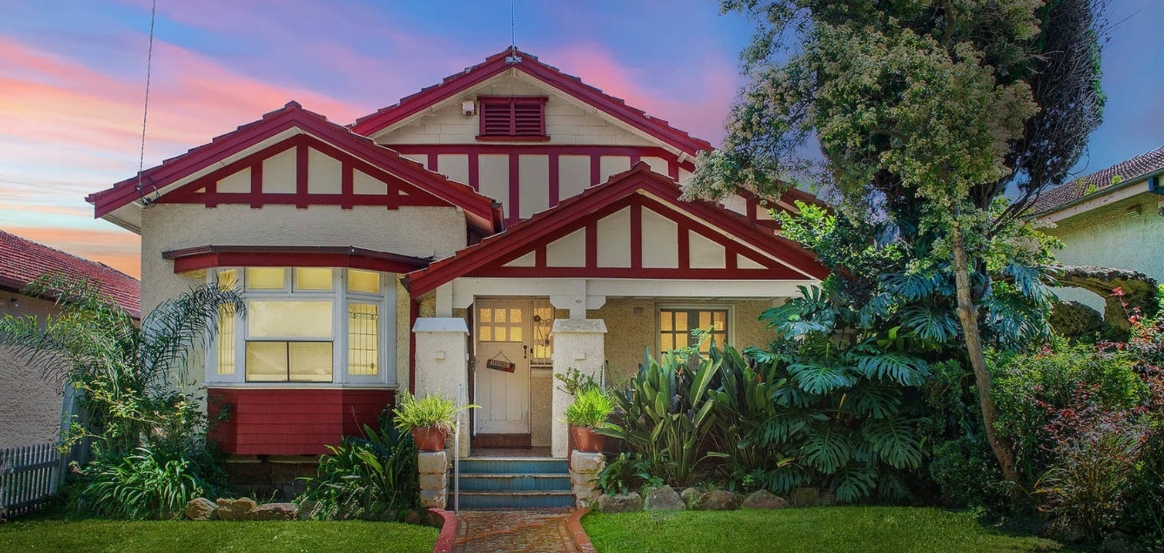
Callan park writers rooms revoked
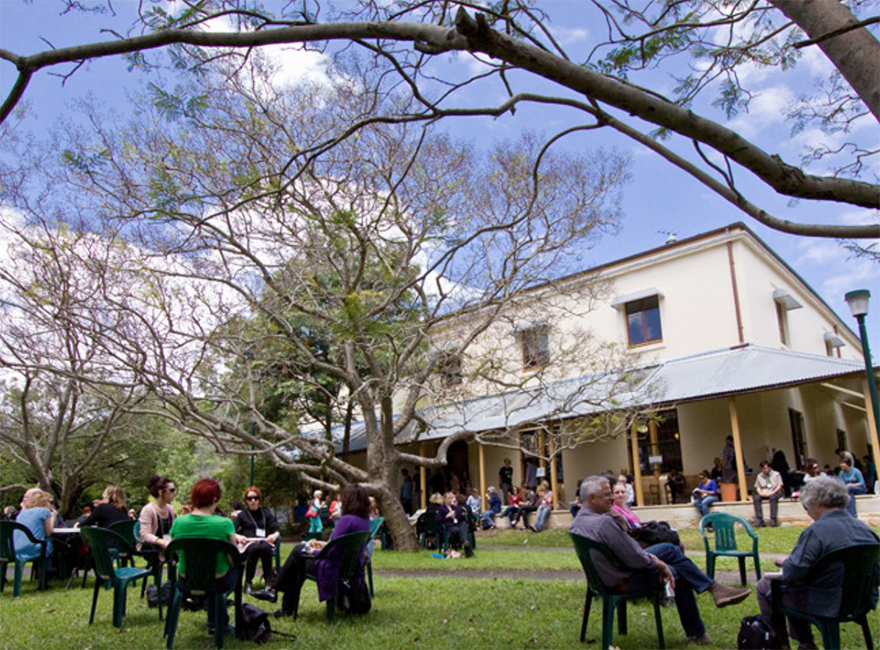
By EVA BAXTER
2021 would have been Writing NSW’s thirtieth year in the Garry Owen House in Lilyfield’s Callan Park.
But COVID-19 forced the Writing NSW staff to close their writing rooms and clear out. They had were unable to return when their $175,000 of guaranteed funding was swept out from under them in August.
Thus, #SaveWritingNSW was born, an online campaign from the writing community who phoned and wrote to members of parliament, signed petitions, posted online and filled the inbox of Don Harwin, Minister for the Arts.
A month later, Writing NSW CEO Jane McCredie and other representatives were in a room with Mr. Harwin in his ministerial office. They presented to him the argument that the organisation is vital to the ecosystem of arts in the state.
“It’s kind of ironic that the people who write stories apparently aren’t very good at selling their own story,” said Jane.
Create NSW is giving $2,280,000 to literature organisations out of the $40,000,000 allocated to arts and cultural organisations over four years. The funding body must decide who needs their assistance the most.
It’s particularly competitive for literature organisations which receive less funding than any other artform, with only 5.7% slice of the pie. Although Writing NSW met the published criteria for multi year funding, they were not ranked as highly as the five organisations that were approved.
Writing NSW is an arts-service organisation, which means it exists in the back room developing writers while producing organisations have a more public face by presenting the work.
Service v.s. production
“An either or approach to funding arts-service organisations or arts-producing organisations is emerging,” said Cecelia Cmielewski, research officer at Western Sydney University’s Institute for Culture and Society.
“It’s a simplistic but not uncommon knee jerk reaction that service organisations fall off the funding agenda when things get tough,” she said.
Meredith Curnow, publisher at Penguin Random House, attended the meeting with Harwin. She said Harwin presented the point that strong funding is committed to the Sydney Writer’s Festival and the Byron Bay Writer’s Festival.
Create NSW has provided a further $625,000 to literary festivals, in addition to $1.7 million to support script development on 66 projects with 18 production companies, which will support a significant number of writers over the coming year.
Meredith said this is valid, but festivals and screen aren’t developing new writers.
In terms of the accessibility of the courses and festivals which are a core part of what Writing NSW does, Emily Maguire, author and mentor at Writing NSW, said there’s no one else doing that in the state.
Emily became a member in 2003 as an aspiring writer working on her first novel. She had no possibility of spending a lot of money on a writing education.
“Without organisations like Writing NSW, it can just be absolutely impossible. If you don’t start off already knowing someone in the industry, other writers, it can be so difficult to understand what the steps are and what the path is, and I do think a lot of people don’t realise that,” she said.
The meeting with Harwin dissolved with Writing NSW representatives left with the impression that future decisions around the organisation should wait until a review of arts-service organisations is completed.
Until she receives word about the outcome of the meeting, Jane is making tentative plans to come back to face to face programming. Writing NSW is relying on their reserves to keep them going for at least the first six months of 2021.
Certain expensive protocols have to be in place before they can re-open the Garry Owen House.


